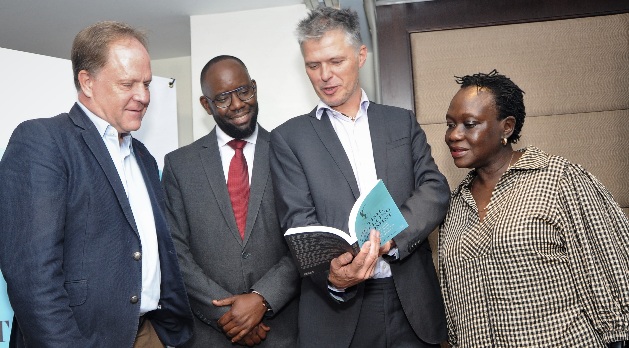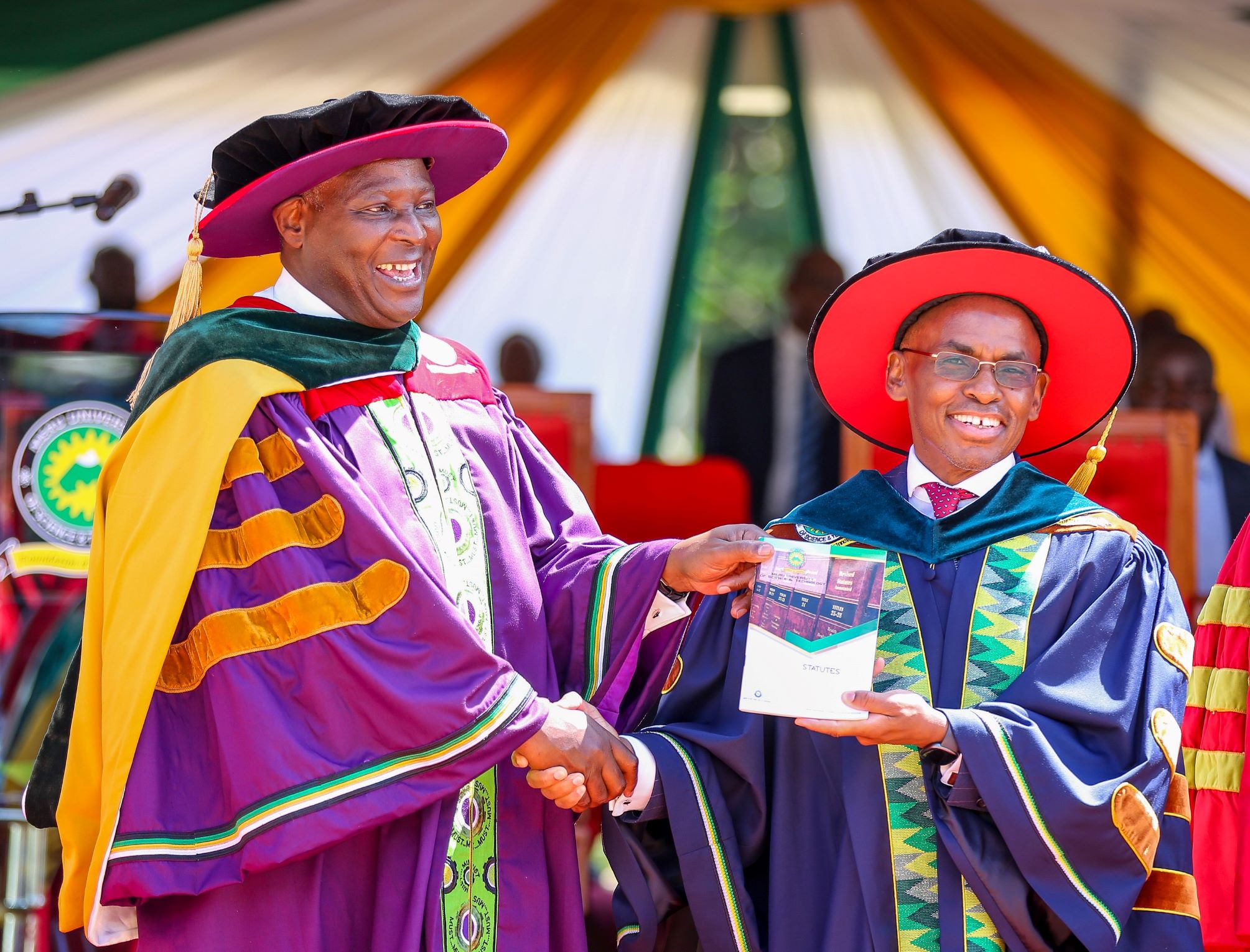- The Time Travelling Economist reveals that countries with more affordable and reliable electricity have an upper hand to grow faster than those with more expensive electricity.
- The Key point of the book is that the solutions to the challenges in Africa today can be homegrown. They don’t require a foreign commodity price boom or foreign parliamentarians to pass anti-corruption legislation.
Kenya has the potential to double its per capita growth in the next decade and reduce poverty levels by giving a special focus on education, electricity and fertility rate, details from a new book dubbed “The Time Travelling Economist” reveal.
Unveiled by award winning global economist and author Charlie Robertson, the book records that the adult literacy rate, average electricity consumption per person and the total fertility rate are major in determining a country’s development.
In his keynote address, Charlie said,
“For a country to take off, the population must be literal, they must have electricity before they can power industries, and have savings to pay for the electricity the roads, the ports and the savings is linked to fertility rate. When you cut the fertility rate growth takes place fast. The Key point of this book is that the solutions to the challenges in Africa or Asia today can be homegrown. They don’t require a Chinese-led commodity price boom; they don’t need UK or French parliamentarians to pass anti-corruption legislation. Every county in Africa and Asia could be adopting the “beyond aid” mantra within a generation”.
Recent data from the World Bank shows that current Kenya’s GDP per capita is US $ 2006.8 as of December 2021 which is about 75 per cent to 85 per cent lower than that of Mauritius and Seychelles.
The two countries have higher literacy levels of up to 98 per cent as compared to Kenya’s 88 per cent. The author guides that more focus on education should be on adult literacy and especially in rural Kenya since “adult literacy levels of below 40 per cent will not help the country to develop fast”.
On Electricity, the book reveals that countries with more affordable and reliable electricity have an upper hand to grow faster than those with more expensive electricity.
For instance, In India, the cost of electricity is 7.3 Cts Kwh compared to Kenya’s 21 Cts Kwh making it more than 50 per cent more expensive.
In his remarks, Tatu City Executive Vice President Solomon Mahinda said,
“Setting the right foundation in terms of planning and regulatory environment will help to make the cost of electricity bearable especially for manufacturers and investors coming to set up large industrial cooperations. This in effect, increases costs across board which directly increases the cost of living and the same time reduces employment opportunities because there’s no growth. Cost of electricity is a big limiting factor and we hope it can be a discussion to be heard and solved in the early days of the new administration”.
Besides Education and Electricity, the book points out that more savings which is directly tied to the country’s Fertility rate is poised to increase growth to GDP which currently stands at KES 94 billion against a fertility rate of 3.4 births per woman.
However, for this to be achieved, the author recommends empowering the population to save more hence giving the country resources to reduce its debt level.
Moving into 2023, Robertson proposes that on the education factor, the country should focus more on engineering and science subjects, adopt solar power panels and upcoming technologies to solve the affordability and reliability challenges on electricity and save more to enhance self-dependence.





